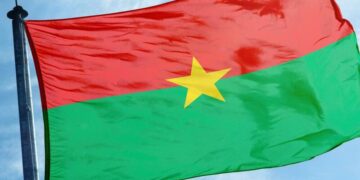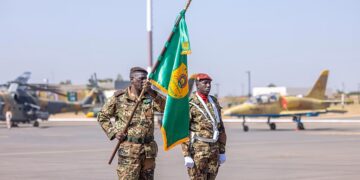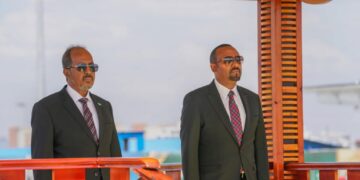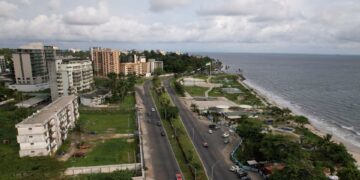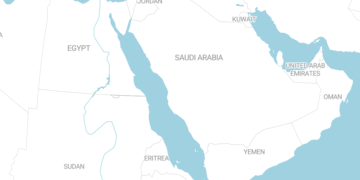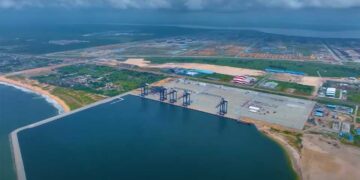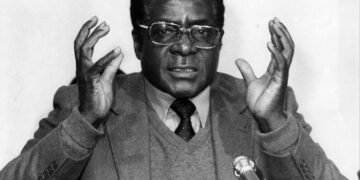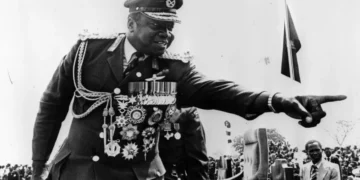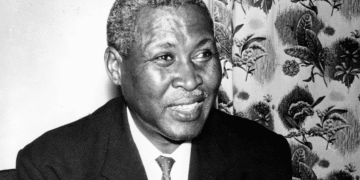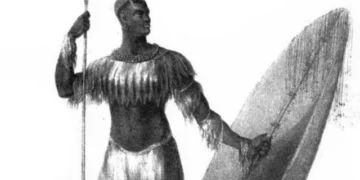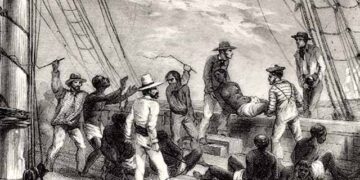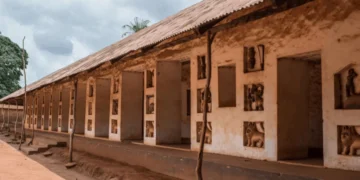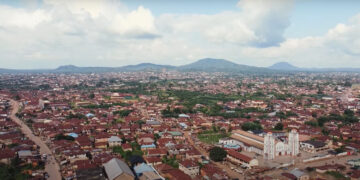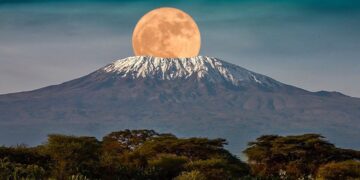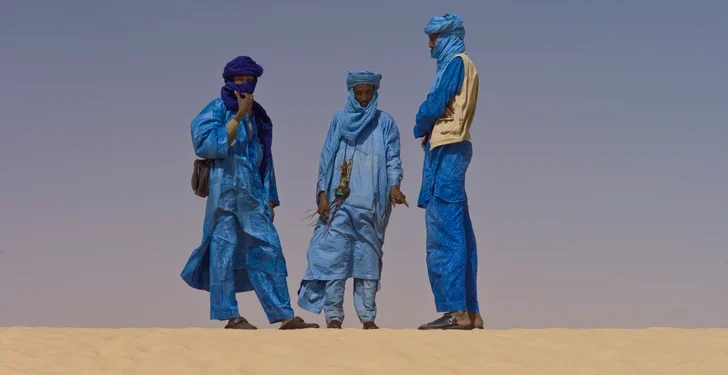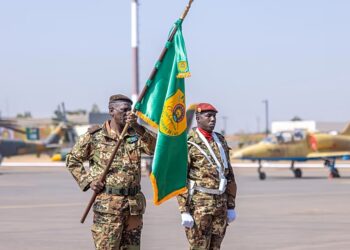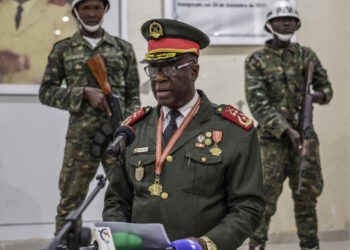The Tuareg (also spelt Twareg or Touareg) are a Berber ethnic group native to North and West Africa, living mainly in parts of Mali, Niger, Burkina Faso, Libya, and Algeria, with smaller numbers in Morocco and Tunisia. Their language is Tamasheq or Tamahak, a Berber language. Throughout history, they have been characterised by their nomadic lifestyle, relying on camel, goat, and sheep herding and the Saharan trade that connected North and West Africa.
The Tuareg played a pivotal role in trans-Saharan trade, guarding caravans carrying gold, salt, spices, and slaves between major trading centres. This control of trade routes gave them significant political and economic influence. They were influential in the spreading of Islam in Africa. They were known across the Sahara, and the fashion style they adopted in Mauritania became recognised across North Africa and later around the world.
Nomadic culture is an integral part of Tuareg identity. They travel with their herds of livestock, primarily camels, in search of grazing lands and water sources. The Tuareg tribe has a rich oral tradition, with storytelling and poetry playing a significant role in preserving their history and cultural heritage.
Tuareg camel caravans dominated trans-Saharan trade until the mid-twentieth century, when European colonial infrastructure (railways and roads) was established. Until then, there were five major trade routes that stretched over the Sahara from Africa’s northern Mediterranean coast to the big towns on its southern border.
Tuareg culture is embodied in their oral traditions, music that tells stories of the desert and unity, elaborate craftsmanship, and elegant clothing. Tuareg are known for wearing the tagelmust (indigo blue scarf), which covers the face except for the eyes. This scarf is believed to provide protection from the desert sand and sun and also carries social and spiritual significance. Unlike many other cultures, only men wear the veil. The indigo colour gives them the nickname “Blue People”.
The Tuareg social system is hierarchical, consisting of various classes, including the nobility (imuhag), who represent warriors and notables; the imajegn (guardians or followers of the nobility); the inadin (craftsmen); and the iklan (a historically slave-like class that has dwindled significantly since the abolition of slavery). However, there is fluidity and overlap between these classes.
Music is an integral part of Tuareg life. Traditional musical instruments include the Anzad (a bowed one-string instrument) and Tende (a traditional drum). Their songs often address themes of love, longing for the desert, resistance, and history. Oral poetry is also widespread, telling stories of Tuareg legends and battles.
According to Miara et al., “Because of their origin, lifestyle and geographical location, the Tuareg must have in-depth knowledge about the specific desert flora of the environments they inhabit. These communities are in permanent movement through the desert in search of water and food sources for themselves and their animals. This is only possible with a fine-tuned understanding of their surroundings and environment, including plant diversity and ecology, which is a resource that they use as food and fodder and also as medication. The distance and mobility of their camps from the cities hinders access to public health facilities and biomedical treatments. Thus, Tuareg people are likely to hold particular ethnobotanical knowledge that is not necessarily shared with neighbouring communities with similar lifestyles, such as the Arab nomads of the Algerian steppe or the Egyptian Bedouins.”
Tuareg women enjoy a prominent and highly respected position in society. They have clear rights, including the right to own property and seek divorce, and play a vital role in preserving oral traditions and culture.
The Tuareg people have faced challenges in recent years due to political conflicts. There have been several Tuareg rebellions (1916, 1960s, 1990s, 2012) demanding autonomy or independence — notably in northern Mali (Azawad). In 2012, the MNLA (National Movement for the Liberation of Azawad) declared independence from Mali, though it was not internationally recognised.
Merise Jalali is of the opinion that “The exact cause of the 2012 conflagration in Mali is disputed. Some scholars argue that limited access to arable land during and after the colonial period is the main cause of Tuareg discontent; others argue that the return of Tuareg to Mali from Libya—where they were lured for recruitment into Muammar Qaddafi’s militias and heavily armed upon his downfall—constitutes the primary factor; and still others blame the governments of Mali and Niger, whose creation upon the decolonisation of West Africa signalled, from a Tuareg standpoint, a new form of colonisation over the Tuareg by other African groups.”
Besides, the ongoing conflicts, terrorist violence, and climate change have displaced many Tuareg communities and undermined traditional lifestyles. Another challenge is the effects of climate change on their traditional way of life. One of the most significant obstacles for Tuareg women is access to water, as the Sahara is one of the world’s driest locations. Women must go long distances to get water, carrying heavy burdens back to their communities. They also manage their household’s water supply, ensuring that there is enough for drinking, cooking, and cleanliness. The severe desert climate also makes agricultural cultivation challenging, but Tuareg women have devised complex irrigation systems and know how to cultivate crops that are well-suited to the desert environment. They rely on cattle and animal husbandry to feed and support their families.
However, they continue to strive to preserve their unique culture and maintain their strong sense of identity.


